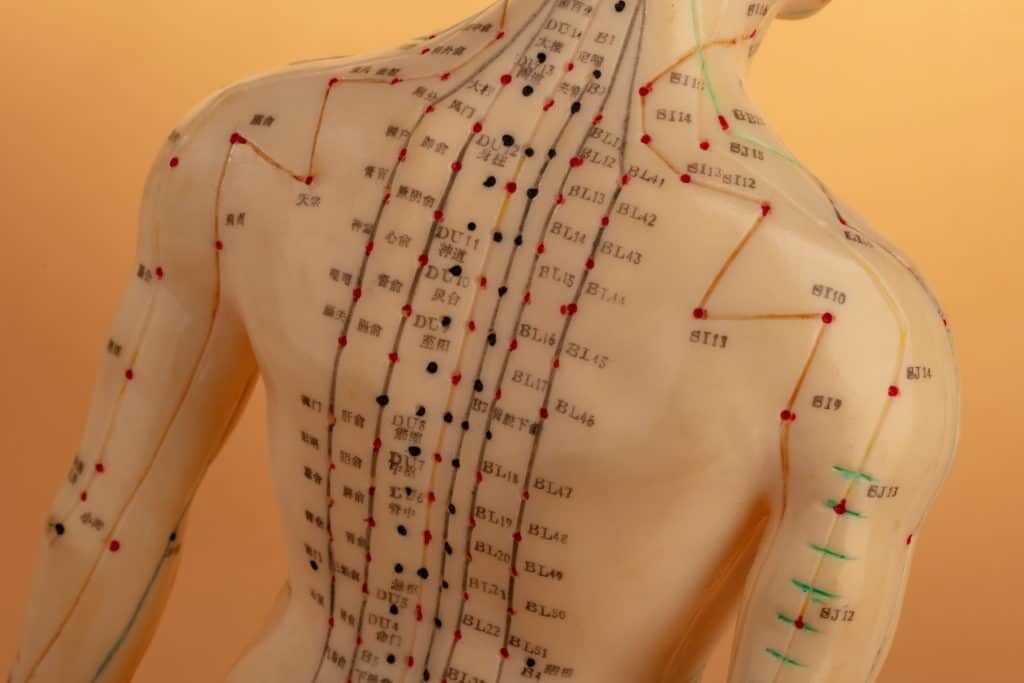Acupuncture, an ancient Chinese healing practice, has been utilized for thousands of years to treat various ailments, particularly pain. Despite its age-old origins, acupuncture has gained significant recognition in modern medicine as an effective pain relief method. This article delves into the principles of acupuncture, its mechanisms, benefits, and its role in contemporary pain management.
The Foundations of Acupuncture
Acupuncture is rooted in Traditional Chinese Medicine (TCM), which views the body as a network of interconnected pathways called meridians. According to TCM, life energy, known as “Qi” (pronounced “chee”), flows through these meridians, maintaining health and balance. When Qi is blocked or disrupted, it results in pain and illness. Acupuncture involves inserting thin needles into specific points along these meridians to restore the flow of Qi and promote healing.
How Acupuncture Works
Modern science offers several theories on how acupuncture alleviates pain. The primary mechanisms include:
- Neurotransmitter Release: Acupuncture stimulates the release of neurotransmitters such as endorphins, serotonin, and dopamine, which are natural painkillers and mood enhancers. This biochemical response helps reduce pain and promote a sense of well-being.
- Nerve Stimulation: The insertion of needles activates nerve fibers, which send signals to the spinal cord and brain. This process can inhibit pain signals and modulate the perception of pain.
- Blood Flow Improvement: Acupuncture can increase blood flow to affected areas, promoting oxygen and nutrient delivery, and facilitating the removal of metabolic waste products. This enhanced circulation aids in tissue repair and reduces inflammation.
- Immune System Modulation: Acupuncture can influence the immune system, enhancing its response to inflammation and infection. This effect is particularly beneficial in conditions with an autoimmune component, where the immune system mistakenly attacks the body’s tissues.
Conditions Treated by Acupuncture
Acupuncture has been studied and shown to be effective for a wide range of pain conditions, including:
- Chronic Pain: Conditions like lower back pain, neck pain, and osteoarthritis often respond well to acupuncture, providing relief and improving function.
- Headaches and Migraines: Regular acupuncture sessions can reduce the frequency and severity of headaches and migraines.
- Fibromyalgia: This condition, characterized by widespread musculoskeletal pain, often sees improvement with acupuncture, which can help manage both pain and associated symptoms like fatigue.
- Post-Surgical Pain: Acupuncture can be an adjunct therapy for managing pain and speeding up recovery following surgical procedures.
- Cancer Pain: Patients undergoing cancer treatment often experience pain and side effects like nausea, which acupuncture can help alleviate.
The Acupuncture Session
An acupuncture session typically begins with a thorough assessment of the patient’s health history, symptoms, and lifestyle. The practitioner will determine the appropriate points to target based on this assessment. Here’s what you can expect during a session:
- Preparation: The patient lies down comfortably, and the skin is cleaned at the needle insertion sites.
- Needle Insertion: Thin, sterile needles are gently inserted into the skin at specific points. The sensation is often described as a tingling or dull ache but is generally not painful.
- Needle Retention: The needles remain in place for 15-30 minutes, during which the patient relaxes. Some practitioners may stimulate the needles manually or with a small electrical current.
- Needle Removal: The needles are carefully removed, and the patient may feel immediate or gradual relief.
Benefits of Acupuncture for Pain Relief
Acupuncture offers several advantages as a pain relief method:
- Non-Pharmacological: Acupuncture provides an alternative to medications, reducing the risk of drug dependency and side effects.
- Holistic Approach: It addresses not only physical pain but also emotional and psychological well-being, promoting overall health.
- Minimal Side Effects: When performed by a qualified practitioner, acupuncture has few side effects, with minor bruising or soreness being the most common.
- Complementary Therapy: It can be used alongside conventional treatments, enhancing their effectiveness and improving patient outcomes.
Research and Evidence
Numerous studies support the efficacy of acupuncture in pain management. For instance, a review published in the Journal of Pain found that acupuncture is effective for chronic pain conditions like back pain, osteoarthritis, and migraines. The National Institutes of Health (NIH) and the World Health Organization (WHO) also recognize acupuncture as a valid treatment for various pain conditions.
Integrating Acupuncture into Pain Management
Incorporating acupuncture into a comprehensive pain management plan requires collaboration between patients and healthcare providers. Here are some steps to consider:
- Consult with Your Healthcare Provider: Discuss your interest in acupuncture with your primary care physician or pain specialist. They can provide guidance on how it fits into your overall treatment plan.
- Find a Qualified Practitioner: Ensure your acupuncturist is licensed and certified by a reputable organization, such as the National Certification Commission for Acupuncture and Oriental Medicine (NCCAOM).
- Set Realistic Expectations: While many patients experience significant relief, acupuncture is not a one-size-fits-all solution. It may require multiple sessions and should be seen as part of a broader approach to pain management.
- Monitor Progress: Keep track of your symptoms and progress over time. This information can help your acupuncturist adjust the treatment plan as needed.
Conclusion
Acupuncture offers a promising path to pain relief, blending ancient wisdom with modern scientific understanding. Its ability to modulate pain, enhance emotional well-being, and support overall health makes it a valuable tool in the pain management arsenal. By understanding how acupuncture works and integrating it into a holistic treatment plan, individuals can find effective relief and improve their quality of life.








Leave a Reply